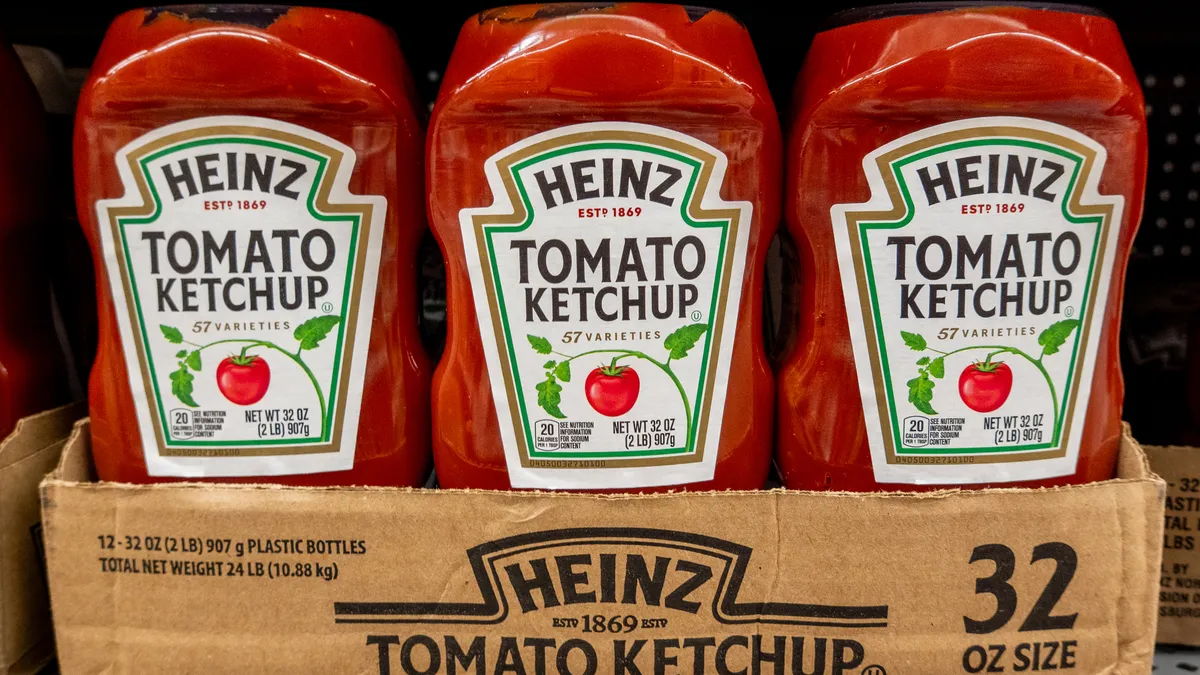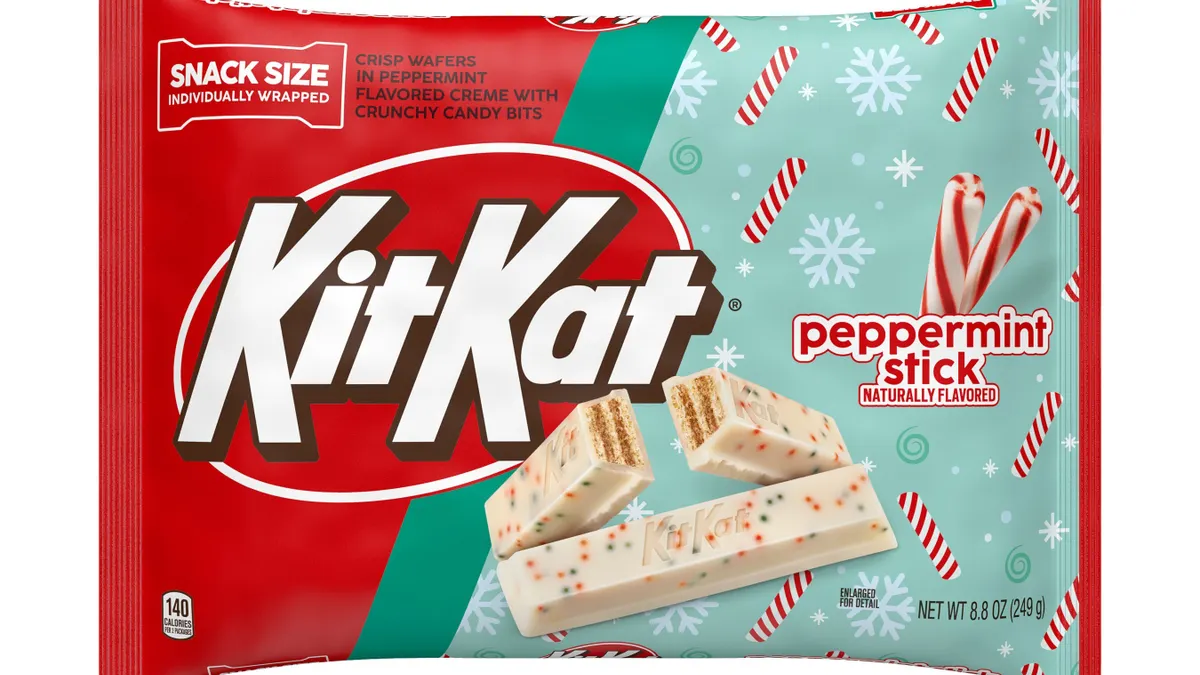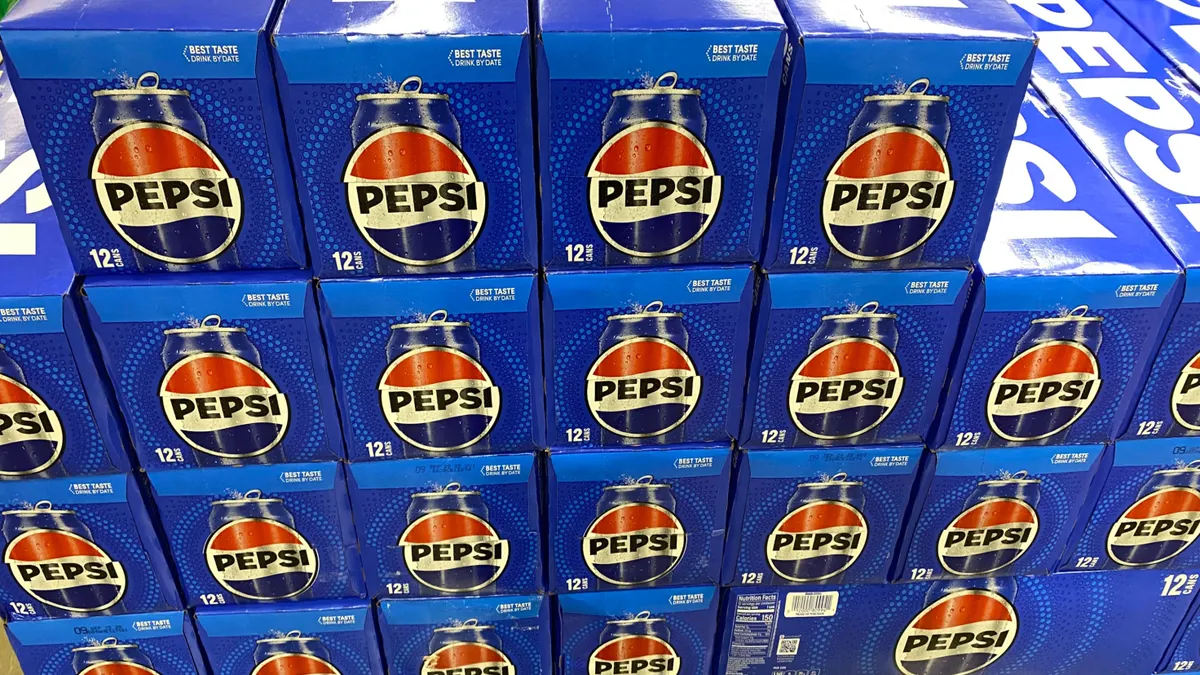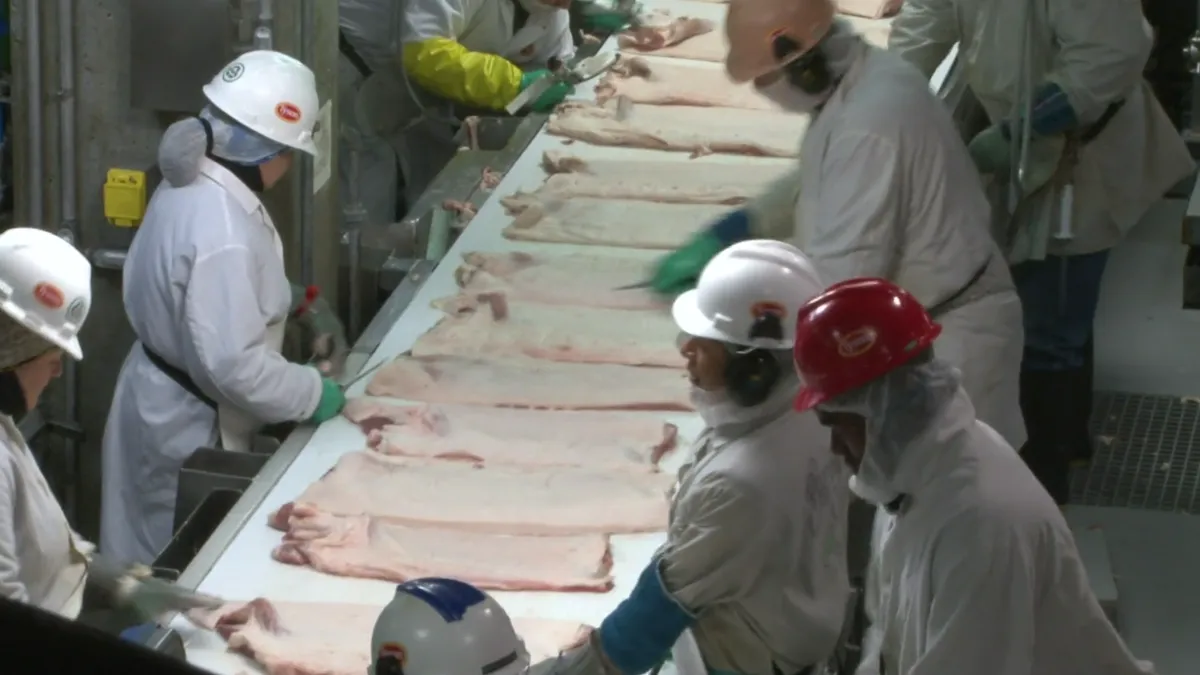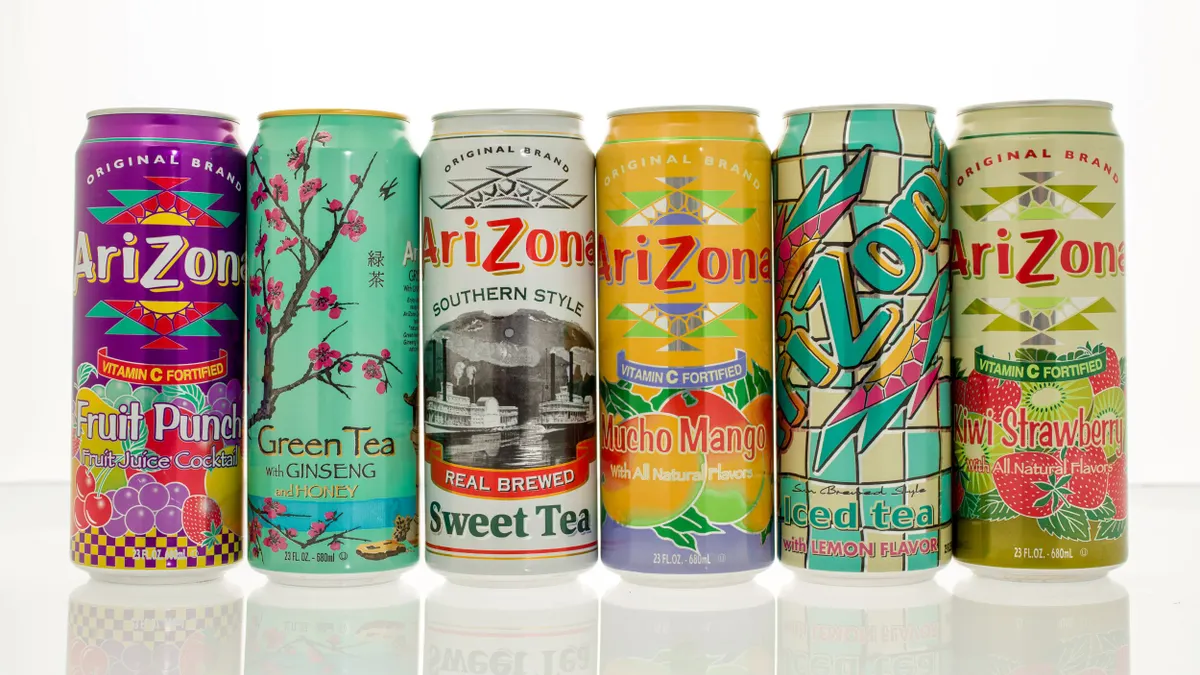Pursuing the concept of operational excellence is gaining ground as competition heats up for food and beverage manufacturers. R&D and marketing are critical components of a thriving food or beverage company, but without the supply chain operations and manufacturing processes, a business can easily fall behind its competitors. The term has substantial weight in the success of food and beverage companies today.
Why operational excellence matters
Katie Moore, global industry manager for GE Digital's food and beverage manufacturing practice, defines operational excellence as "continuous improvement and basically taking a methodical approach involving people, processes, and technology to drive sustainable improvement as it relates to the business outcome that they’re trying to achieve."
Two key benefits to operational excellence for manufacturers today hinge on adhering to the demands of consumers and regulatory bodies.
Agility
Operational excellence can help a company be more agile in responding to consumer demands and realities of the supply chain in terms of costs and availability of raw materials and distribution. Smaller companies are traditionally thought to have a better handle on this type of mobility, but major manufacturers are making the adjustments necessary to improve their own agility, even when that means acquiring competitors.
Agility has been more critical than ever as smaller companies move in on major manufacturers' market share. According to a report from investment bank Jefferies, smaller brands overtook market share from major brands in 42 of 54 categories, ranging from baby food to yogurt, over the past five years, reported The New York Times.
With consumer tastes changing, particularly as consumers become more health-conscious, clean labels, innovative products, and transparency have become important drivers of a company’s success. Maintaining operational excellence can contribute to a company’s ability to ensure all three.
Accountability
With operational excellence often comes systems and processes that make it easier to track and analyze data in different aspects of production, and with that data, companies can be more accountable. This most recently has become of interest to manufacturers with the introduction of new FSMA rules that require companies to better document their risk assessments and safety practices. By achieving operational excellence, manufacturers can inherently meet the FDA’s requirements and be more readily transparent about their operations to consumers.
Identifying operational excellence objectives
Depending on a manufacturer’s current state and goals for the future, its objectives for achieving operational excellence can differ widely. Common goals for operational excellence within a manufacturer’s supply chain include:
- Efficiency improvements
- Reducing downtime
- Reducing equipment maintenance or increasing equipment reliability
- Product quality improvements
- Improved consistency and repeatability
- Sustainability improvements, such as water, energy, or waste water reduction
- Increased safety and risk reduction
- Improved supplier quality
- Faster response times to changes in supply and demand
- Faster product development
- Increased production capacity and capabilities
Whatever a manufacturer’s objectives for operational excellence might be, the company then determines the best ways to optimize key resources — people, systems and processes, and technology — to achieve those goals. But each goal comes with its own set of challenges.
Challenges manufacturers face
Food and beverage manufacturers create products that consumers eat and drink, which means those products can affect consumers’ health. This brings safety and quality into the equation. Balancing safety and quality with cost is the equation manufacturers strive for when optimizing their operations.
In a 2014 report from LNS Research, about one in four manufacturers spanning a broad range of industries identified three key challenges to achieving operational excellence:
Lack of collaboration across different departments
Getting all of the necessary personnel onboard is crucial to achieving a manufacturer’s operational goals. This may start with factory and operations management, but it also means collaborations with IT, quality assurance, maintenance, and upper management to ensure all factors in decision-making are accounted for, from capital to logistics. While their individual tasks may differ, all of the groups’ goals and objectives need to align to ensure employees aren’t working on projects that undermine the work of another group.
Disparate systems and data sources
While there is plenty of data to be found throughout food and beverage manufacturing supply chains, often the data from those systems and processes is in silos, Moore said. Often companies have to determine how to collect data and then produce extensive spreadsheets and reports to bring disparate sources of data together all at once, which can be time-consuming and unproductive.
ROI justification for improvement investments
Plant managers and their collaborators may have a tough time justifying the capital needed to make improvements that contribute to achieving operational excellence. Many times this means that as part of the operational excellence journey, management must find places to reduce costs and free up the capital needed for operational investments, Moore said.
The role of data and software
Food and beverage manufacturing supply chains create endless data that can be collected and analyzed to maximize systems and processes for efficiency, capacity, safety, and quality. With that data in hand, management can more clearly demonstrate ROI for operational investments and have the information needed to prove operational safety per the FDA’s new FSMA requirements.
According to a recent Catavolt report, about 80% of manufacturers said that being able to access real-time data could enhance productivity by at least 6%.
Moore emphasized identifying the most critical pieces of equipment to the manufacturing process and how that equipment, regardless of its age, relates to other parts of the schematics and overall supply chain. She said that many manufacturers don’t realize that software can integrate disparate pieces of machinery and produce valuable product and systems data. Also, much of the data that can be collected is often taken down on clipboards and organized in paper-based systems, which can hinder a manufacturer’s speed and accuracy in collecting and analyzing operations data.
According to Moore, a "digital thread" mentality can connect silos of information so the manufacturer can make better decisions about their supply chains and products.
According to the LNS Research report, top manufacturing operations management software applications include:
- Quality management software
- Planning, scheduling, and dispatching software
- Manufacturing execution system(s)
- Document management software
- Manufacturing process management/workflow/electronic work instruction software
- Operations intelligence/manufacturing intelligence software
Many companies use one or more of these types of software already, but others still depend on a time-honored paper-based system, which Moore feels manufacturers may want to upgrade and digitize if they strive for improving operational excellence.
Digitizing various facets of operations has proven to be a smart strategy for users of GE Digital. Moore said companies have seen upwards of 5% to 10% overall efficiency gains in downtime reduction and 1% to 2% energy savings at their plants, among other concrete and measurable benefits thanks to integrating software into their manufacturing and supply chain operations.
Operational excellence is more than a buzzword for investors in the food and beverage industries, as implementing it can improve the quality of both products and the supply chain, which can lead to an influx of data, demonstrable ROI, and higher profits. This term is one that company and plant managers may take into more serious consideration to improve production and financial performance in the new year as competition in the food and beverage industry competition continues to intensify.





